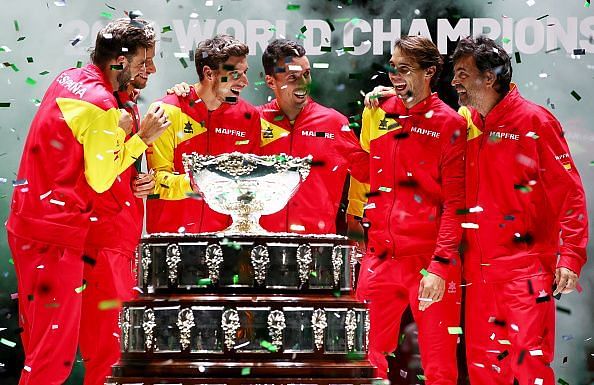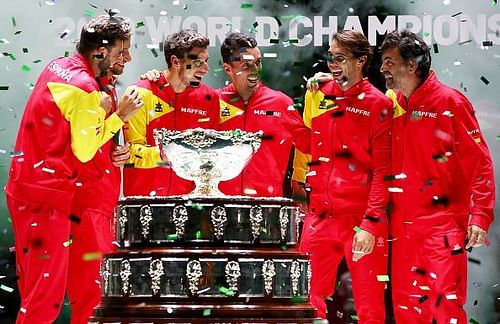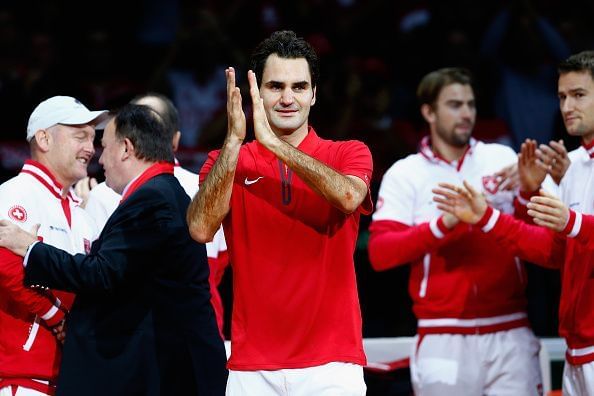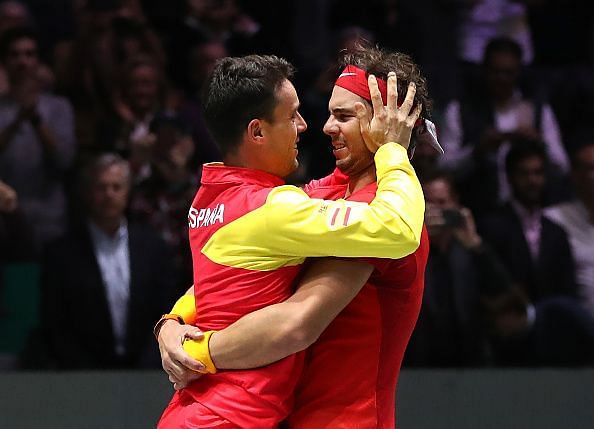
Why the new Davis Cup format is good for tennis

Bringing a team element to an otherwise individual sport is an interesting concept, and yet it hasn't translated successfully into tennis - at least not in the last 15 years or so. The sport's premier team event, the Davis Cup, has been more of a hindrance for the players than an honor to fight for, mainly due to their already jam-packed season.
Despite being one of tennis's most historic competitions, the Davis Cup has never held the prestige that is associated with the Grand Slams. Despite being the only real "team event" in men's tennis, it has not been a major feature of the tennis calendar.
Countries often compete in the Davis Cup without their best players, who deem other tournaments or rest as preferable to playing in the event. Roger Federer, for instance, has barely played in the tournament since winning the trophy in 2014.

Also Checkout: The Davis Cup 2020 Qualifiers Schedule
The absence of the big stars made the Davis Cup an arguably dull affair; it was rarely a talking point among the fans, and was always overshadowed by the singles events.
However, there are boring elements in all sports, and that is where incentives come into play. We saw this with the greatly successful UEFA Nations League, which was created to spice up the mundane international friendly fixtures.
The new format for the Davis Cup is on those same lines, and it is exactly what was needed to revive a stale competition.
Admittedly, the debut of the new format was not perfect by any stretch of the imagination. From half-empty stadiums to 4 am finishes, the new Davis Cup in Madrid was not without its issues.
However, these issues can easily be rectified in future editions. A few teething problems are to be expected in the case of any major overhaul.
There have already been suggestions to solve those issues, such as making the tickets cheaper or giving them to children for free, and using more courts to make the scheduling aspects easier.
The great success of the change, however, is that it confines the Davis Cup to a just a week-long event, instead of it being played over the entire year. That makes it easier to follow for the fans and less cumbersome to participate in for the players.
The inaugural event may have been a mixed success, but the new format seems very promising. It brings together nations, it brings together doubles and singles players, and its scheduling at the end of the tennis year is a perfect way for the season to conclude.
The fact that Spain and Rafael Nadal produced such a stirring performance in Madrid is a sign that the players are on-board with the format too. There were intensely competitive matches throughout the week, and the fans were treated to some fantastic tennis with the players giving it their all.

Roberto Bautista Agut even put aside the death of his father during the week to return to the team and win a crucial point for Spain in the final. Clearly, there is no shortage of commitment from the players to the Davis Cup.
Some may disagree with the new format, but there is no denying that the old format of the tournament needed some tweaking. The new format may not be perfect, but it has laid down the path that could give Davis Cup the prestige and excitement that it so clearly deserves.